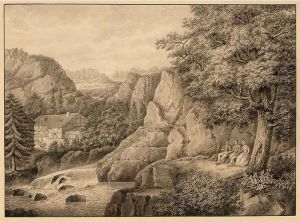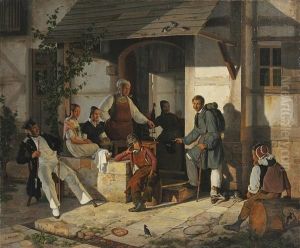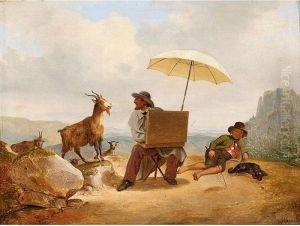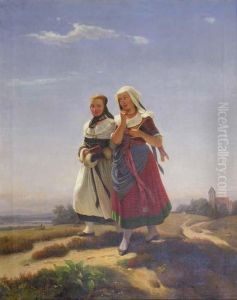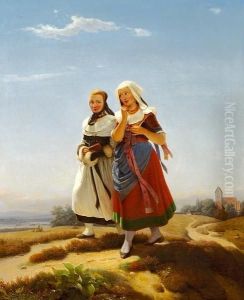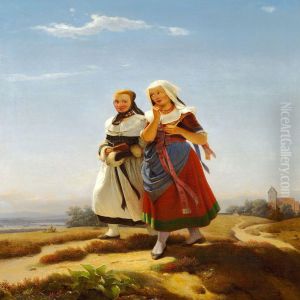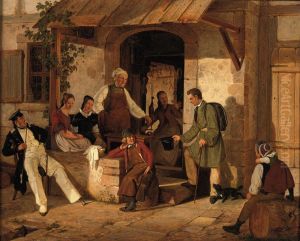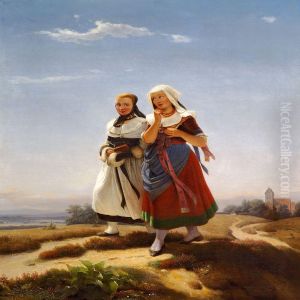Carl Julius Hermann Schroder Paintings
Carl Julius Hermann Schroder, also known as Hermann Schröder, was a German artist born on May 29, 1841, in Lübeck, Germany. He was primarily known for his works as a landscape painter, though information about his life and work is relatively sparse compared to more widely studied artists.
Schroder's artistic journey began in his native Germany, where he developed his skills and took inspiration from the European landscape tradition. His style, like many of his contemporaries, would have been influenced by the Romantic movement, which emphasized emotion and individualism, as well as glorification of the past and nature. He showed a particular interest in the natural beauty of landscapes, which was a popular subject during the 19th century.
During his career, Schroder exhibited his work in various venues. However, his recognition did not reach the same heights as some of his peers. Details about his exhibitions, patrons, or the specific evolution of his style are limited. Despite this, his landscapes have been appreciated for their attention to detail, use of color, and overall aesthetic quality.
Schroder's life, like his art, was rooted in the traditions of his homeland. While he may not have achieved international fame, his contributions to the art of landscape painting hold a place within the context of 19th-century German art. He passed away on January 26, 1917, leaving behind a legacy as a dedicated landscape painter who captured the essence of the German countryside through his artwork. Though not a household name, his works do appear in art auctions and collections, appreciated by those who value the serene and meticulous nature of German landscape painting from this period.
